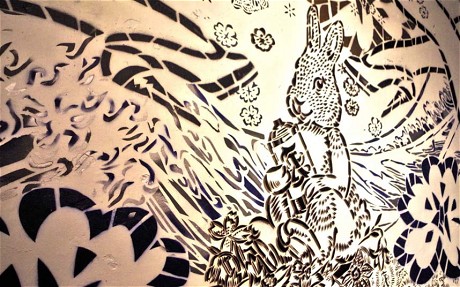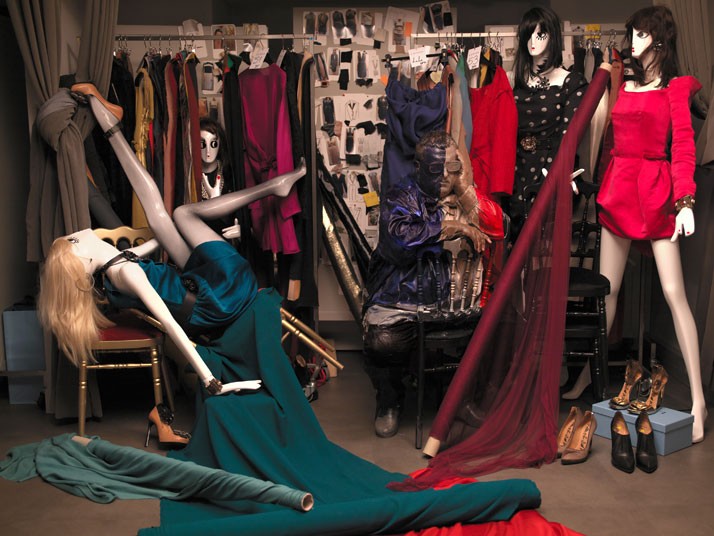Data scientists are getting to know more about you and your fellow urban dwellers as you move around your neighborhood and your city. As smartphones and cell towers become more ubiquitous and data collection and analysis gathers pace researchers (and advertisers) will come to know your daily habits and schedule rather intimately. So, questions from a significant other along the lines of, “and, where were you at 11:15 last night?” may soon be consigned to history.
From Technology Review:
Mobile phones have generated enormous insight into the human condition thanks largely to the study of the data they produce. Mobile phone companies record the time of each call, the caller and receiver ids, as well as the locations of the cell towers involved, among other things.
The combined data from millions of people produces some fascinating new insights in the nature of our society.
Anthropologists have crunched it to reveal human reproductive strategies, a universal law of commuting and even the distribution of wealth in Africa.
Today, computer scientists have gone one step further by using mobile phone data to map the structure of cities and how people use them throughout the day. “These results point towards the possibility of a new, quantitative classification of cities using high resolution spatio-temporal data,” say Thomas Louail at the Institut de Physique Théorique in Paris and a few pals.
They say their work is part of a new science of cities that aims to objectively measure and understand the nature of large population centers.
These guys begin with a database of mobile phone calls made by people in the 31 Spanish cities that have populations larger than 200,000. The data consists of the number of unique individuals using a given cell tower (whether making a call or not) for each hour of the day over almost two months.
Given the area that each tower covers, Louail and co work out the density of individuals in each location and how it varies throughout the day. And using this pattern, they search for “hotspots” in the cities where the density of individuals passes some specially chosen threshold at certain times of the day.
The results reveal some fascinating patterns in city structure. For a start, every city undergoes a kind of respiration in which people converge into the center and then withdraw on a daily basis, almost like breathing. And this happens in all cities. This “suggests the existence of a single ‘urban rhythm’ common to all cities,” says Louail and co.
During the week, the number of phone users peaks at about midday and then again at about 6 p.m. During the weekend the numbers peak a little later: at 1 p.m. and 8 p.m. Interestingly, the second peak starts about an hour later in western cities, such as Sevilla and Cordoba.
The data also reveals that small cities tend to have a single center that becomes busy during the day, such as the cities of Salamanca and Vitoria.
But it also shows that the number of hotspots increases with city size; so-called polycentric cities include Spain’s largest, such as Madrid, Barcelona, and Bilboa.
That could turn out to be useful for automatically classifying cities.
Read the entire article here.




 You will have heard of the River Thames, the famous swathe of grey that cuts a watery path through London. You may even have heard of several of London’s prominent canals, such as the Grand Union Canal and Regent’s Canal. But, you probably will not have heard of the mysterious River Fleet that meanders through eerie tunnels beneath the city.
You will have heard of the River Thames, the famous swathe of grey that cuts a watery path through London. You may even have heard of several of London’s prominent canals, such as the Grand Union Canal and Regent’s Canal. But, you probably will not have heard of the mysterious River Fleet that meanders through eerie tunnels beneath the city.